Starter locs are the start of the permanent dreadlocks journey; they are the initial stage of locking hair. Starter locs are used to self-express and maintain one’s natural hair. Embarking on this new hair journey can be challenging yet exciting; laying a good foundation for ensuring healthy mature dreadlocks is important. For women, starting dreadlocks presents an opportunity for personalization and creativity as one can choose various starter locs styles, including two-strand twist starter locs or very short starter locs. I have created a comprehensive guide to help you start your dreadlocks journey – from maintenance tips to different styles you can try – use the table below to jump to your preferred section.
Products Needed
As an Amazon Associate, Afro-chic Beauty earns a small commission from qualifying purchases, at no additional cost to you. Click the links below:
- Loc n Gel
- Rat tail comb
- Mousse
- Beads and hair accessories – optional
- Satin bonnet – optional
What are starter locs?
Starter locs, or “starter dreadlocks,” start the dreadlocks formation process. They are the baby stage for the permanent dreadlocks process. Unlike temporary locs, such as faux locs and soft locs, starter locs are permanent because they involve coiling and mating one’s natural hair. There are various female starter locs styles, as shown below.
How long do starter locs last?
Starter locs can last anywhere from four to twelve months, depending on how fast your hair grows and how you maintain the locs. Patience and commitment are vital to growing baby locs to maturity. Dreadlocks can be achieved on various hairs, from kinky to straight. However, they tend to last longer on kinky and curly hair as they have a coarser texture.
4 maintenance Tips for starting Dreadlocks
The first tip is keeping your scalp clean – make sure to cleanse your scalp regularly to remove any oil and dirt build-up. Always use a residue-free shampoo and natural oils such as coconut oil. Besides, avoid overwashing the baby locs, as this can strip them of their natural oils. In line with maintaining a clean scalp, always use minimal hair products – I recommend LocN gel for the retwisting process because it does not leave any white residue.
The second tip is not to constantly manipulate the hair – avoid regular styling, pulling, or twisting of the hair. The constant manipulation could lead to hair breakage. Protect your hair at night using a silk or satin bonnet and pillowcases; this prevents breakage through constant friction with the hair. However, always schedule grooming sessions to retwist your locs.
Thirdly, it is vital to maintain a healthy diet – proper nutrition is important in maintaining healthy locs. According to Healthline, adequate protein is essential for hair growth; biotin also helps in producing keratin, which is an important hair protein. Consider high-protein diets with eggs, meat, and fish. Fruits and vegetables such as spinach, berries, and avocadoes provide necessary nutrients and vitamins for hair growth.
Fourth, consider getting protective styles to help your hair grow. -protective styles reduce damage and hair tension by keeping hair ends tucked away. Consider getting hairstyles such as jumbo braids and tribal braids. Below is a list of starter locs styles that can inspire your dreadlocks journey.
Starter Locs styles and methods
Two-Strand Twist Starter Locs
Two-strand twist is considered the best type of starter locs because, over time, they become fuller and thicker. The technique used to achieve two-strand twists involves dividing one’s hair into two sections and twisting the two sections together. These dreads are elegant and timeless and have an organized appearance; they are also easy to maintain. Below are some inspirational styles:
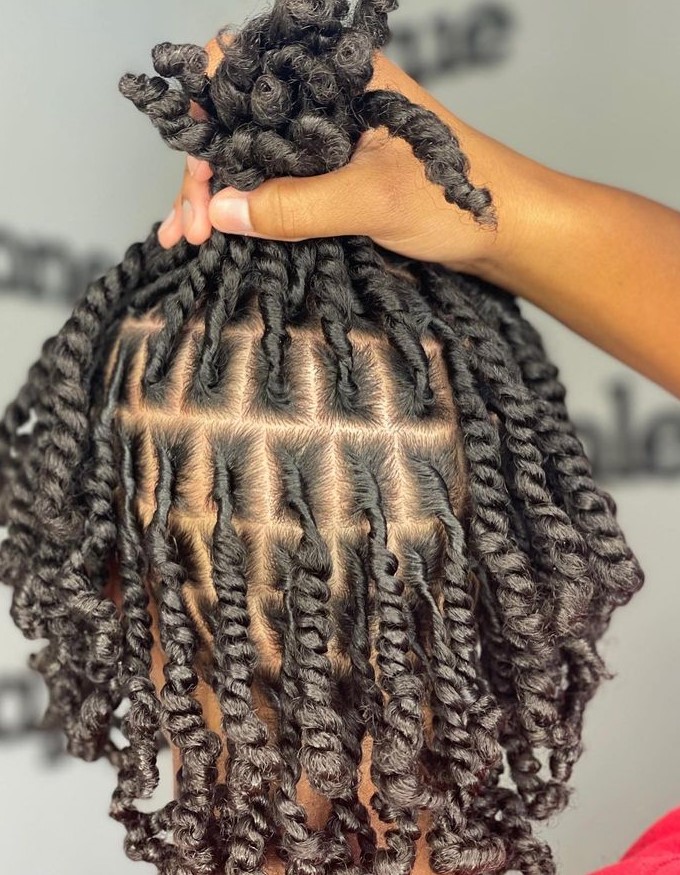

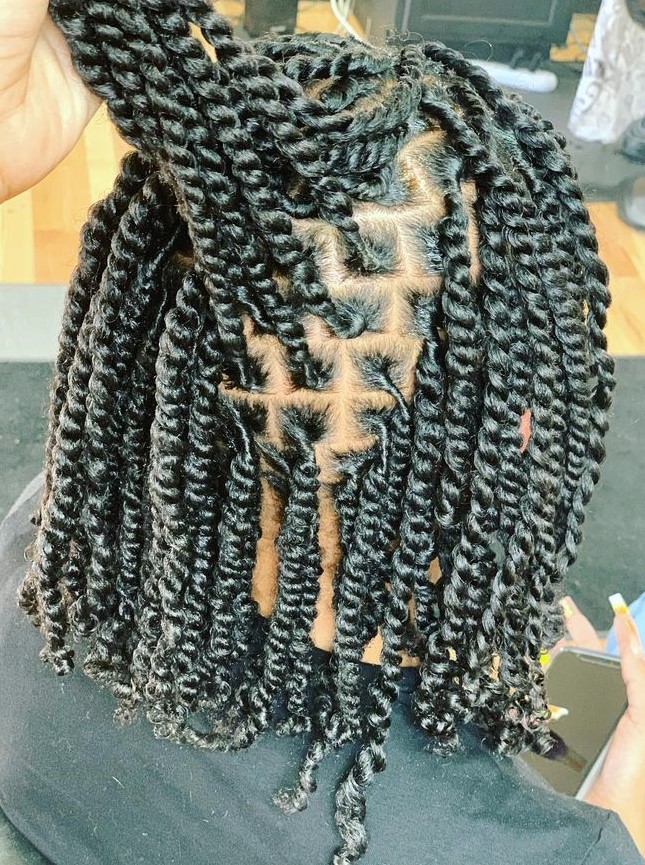



Comb coils starter locs
Comb coils can be achieved by sectioning hair into the desired thickness and then using a comb to hold the sections from the root to the end. You can use a styling gel, such as LocN, can ensure the coils stay in place. These starter locks are long-lasting and appear better in short hair. Furthermore, comb coils are one of the most preferred hairstyles by individuals starting their loc journey. You can choose either regular-sized comb coils, jumbo comb coils, or colored locs, which are shown below:
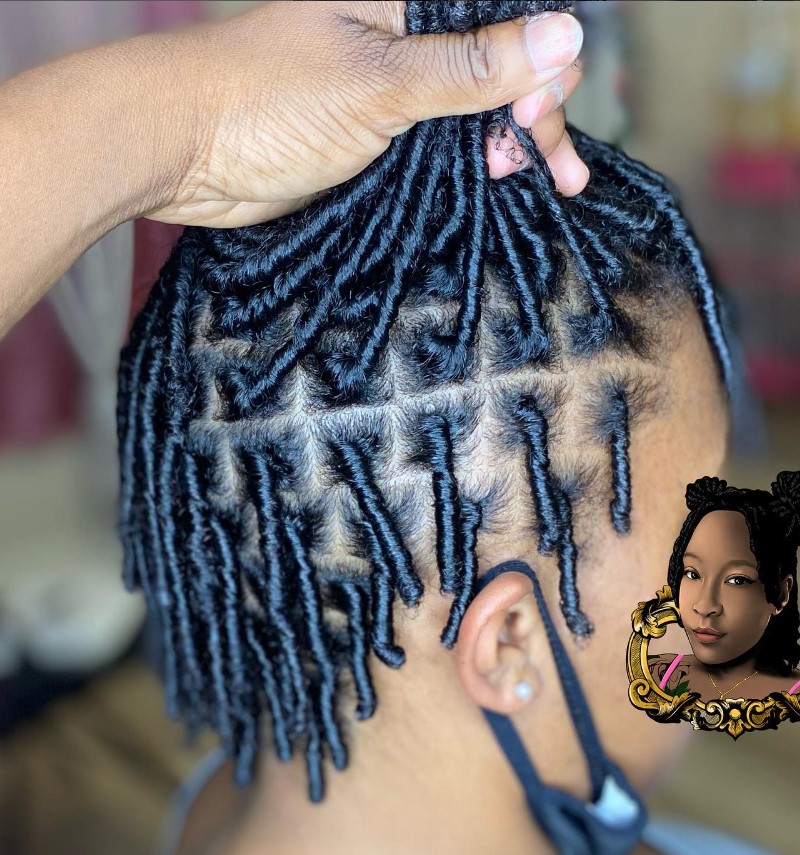
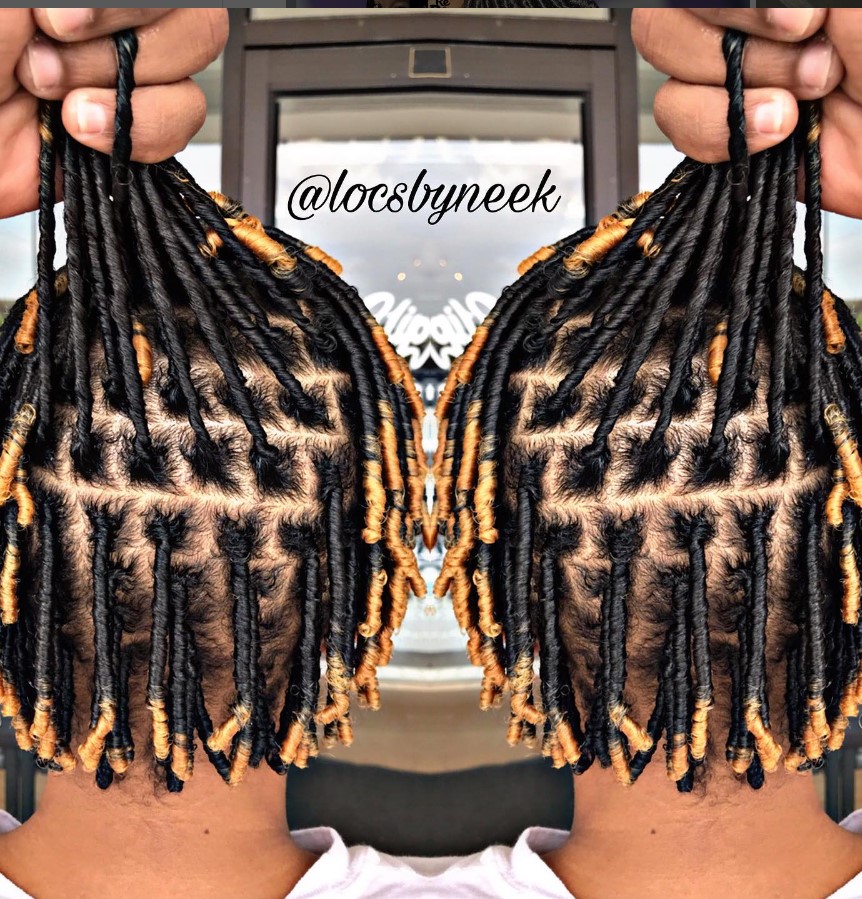
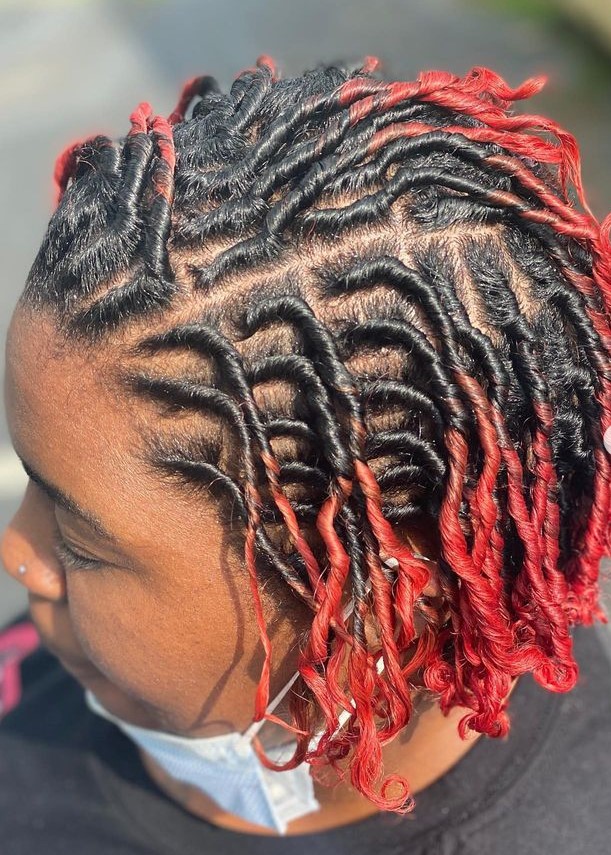
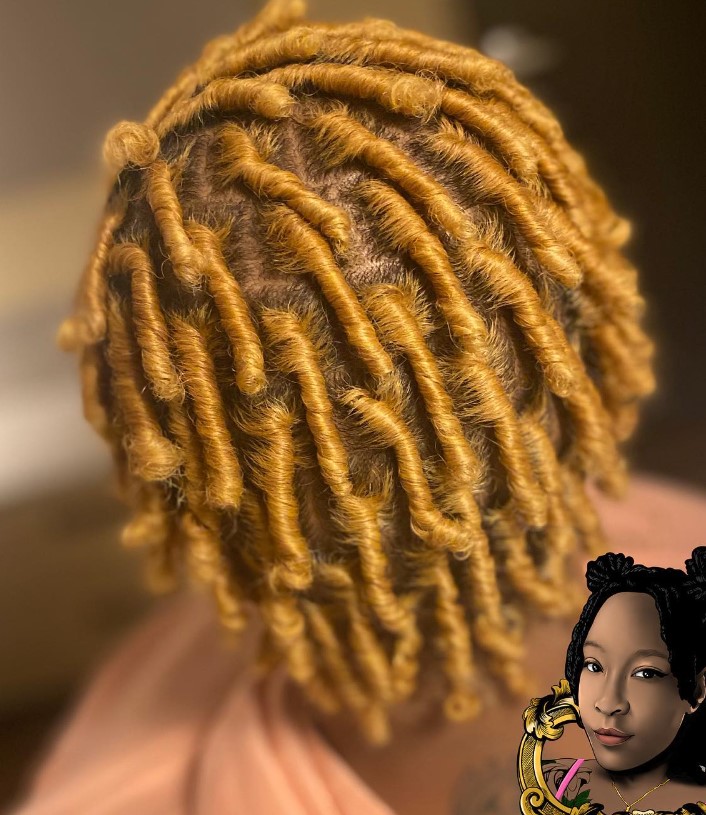
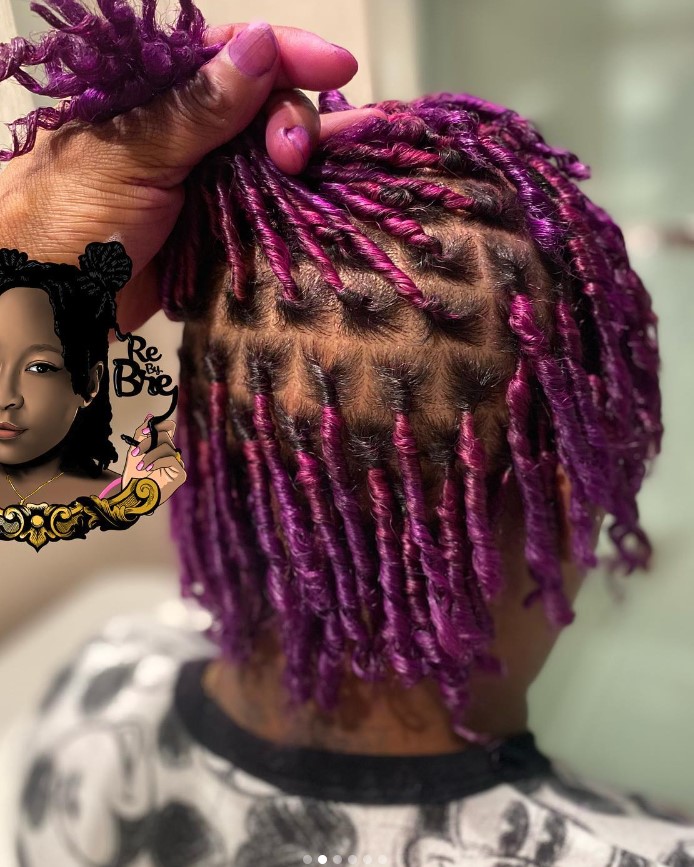
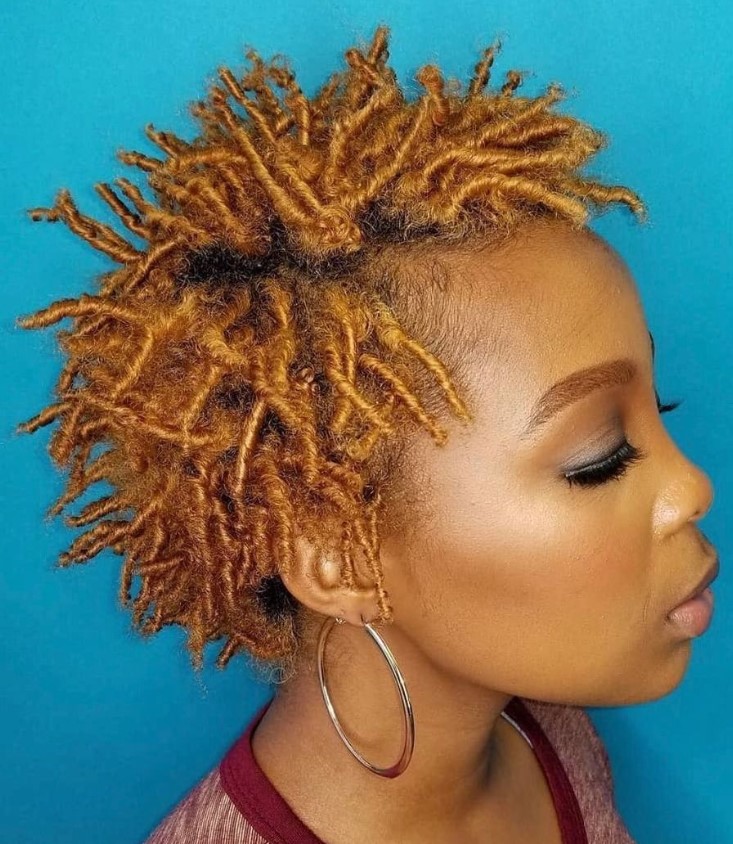
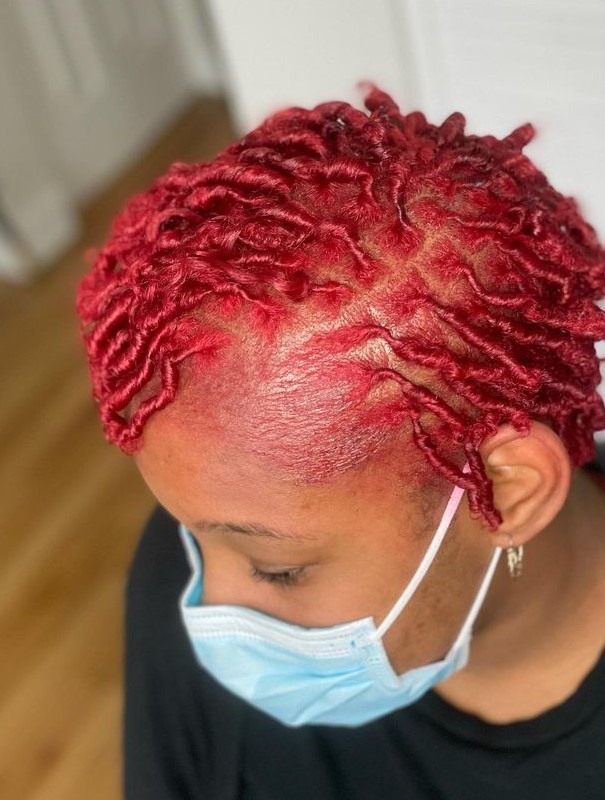
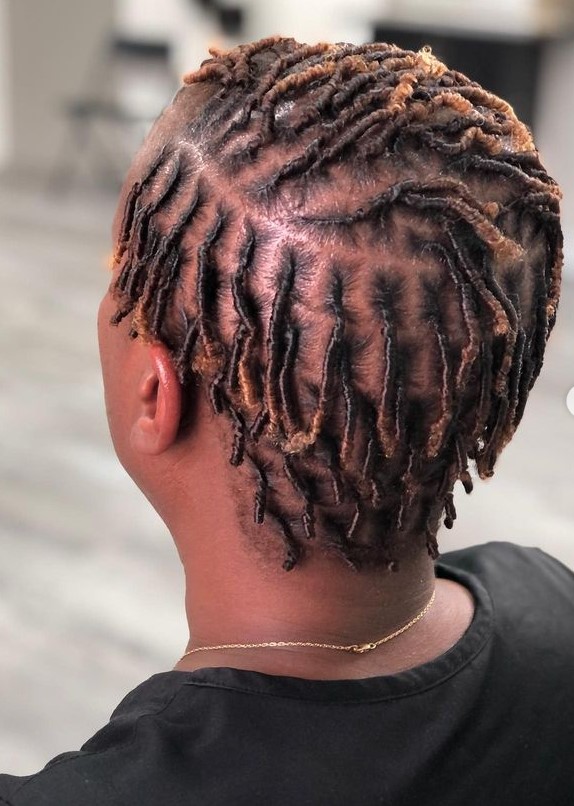
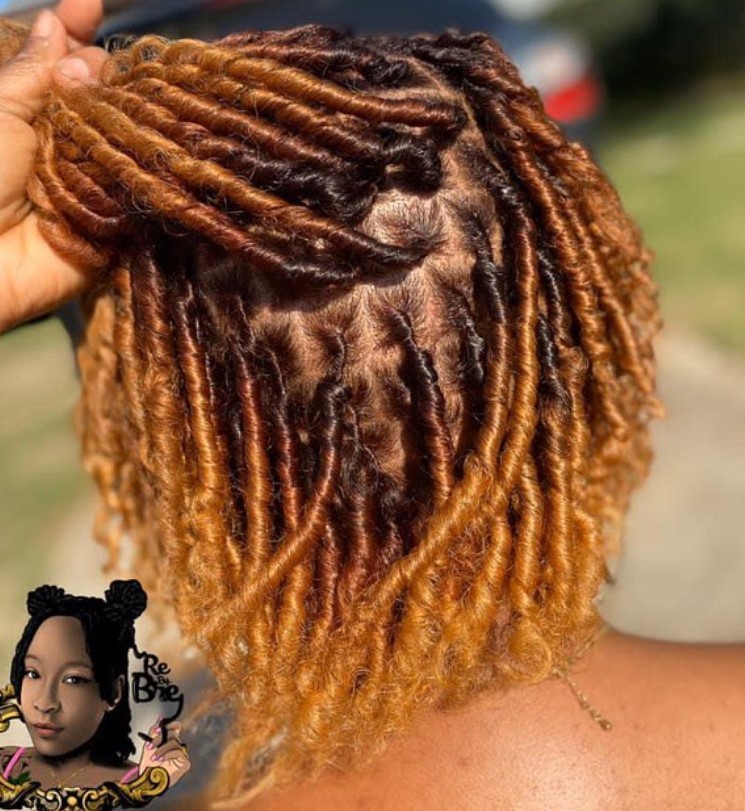


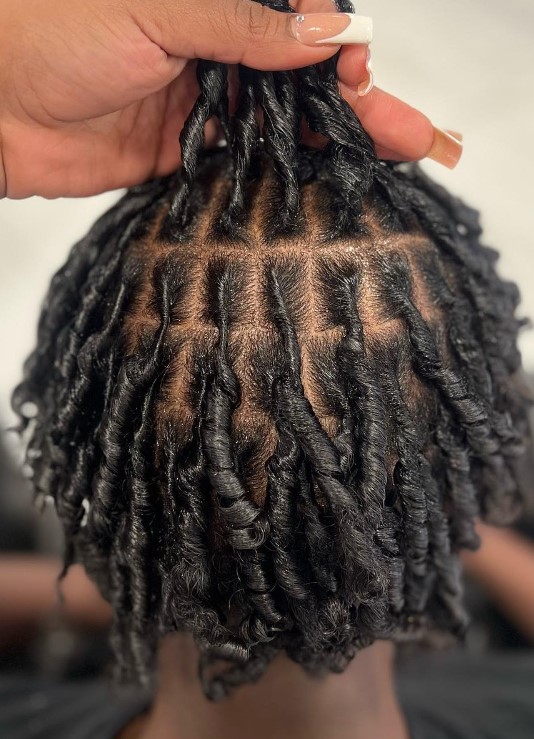


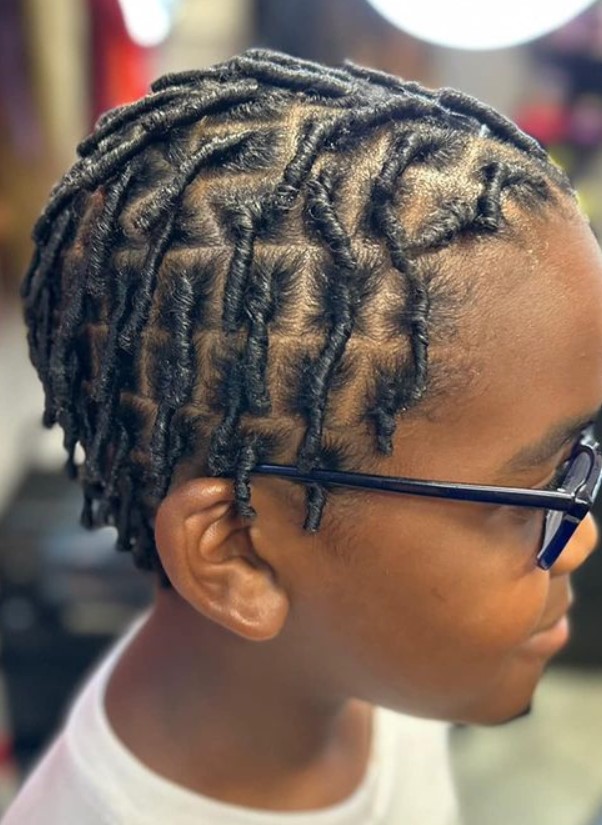
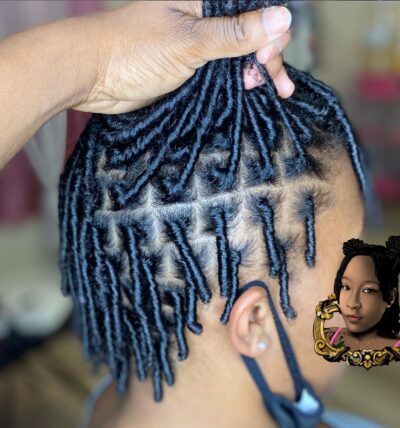
Interlocking locs
So, what are interlocking locs? — they involve twisting dreadlocks from the root to the end to create a more stable and secure structure. Interlocks help in tightening the dreadlocks from the root. Unlike classic styles such as comb coiling and palm rolling, interlocking locks involve using a tool to twist the hair. One of the significant advantages of interlocking locs is that it helps maintain the length. It is also very versatile and neat.
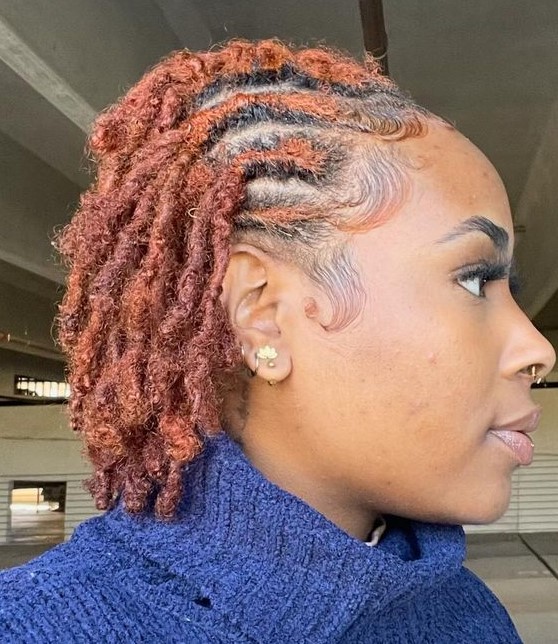
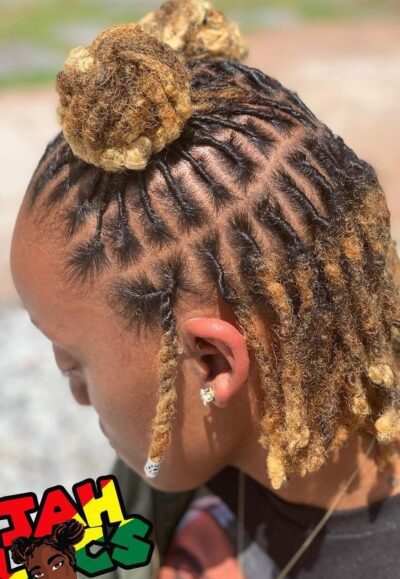
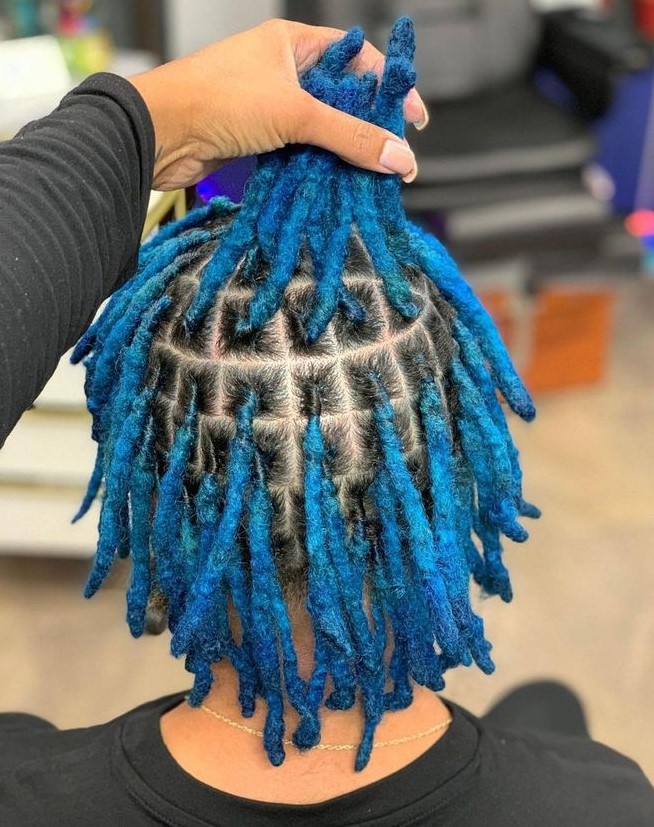
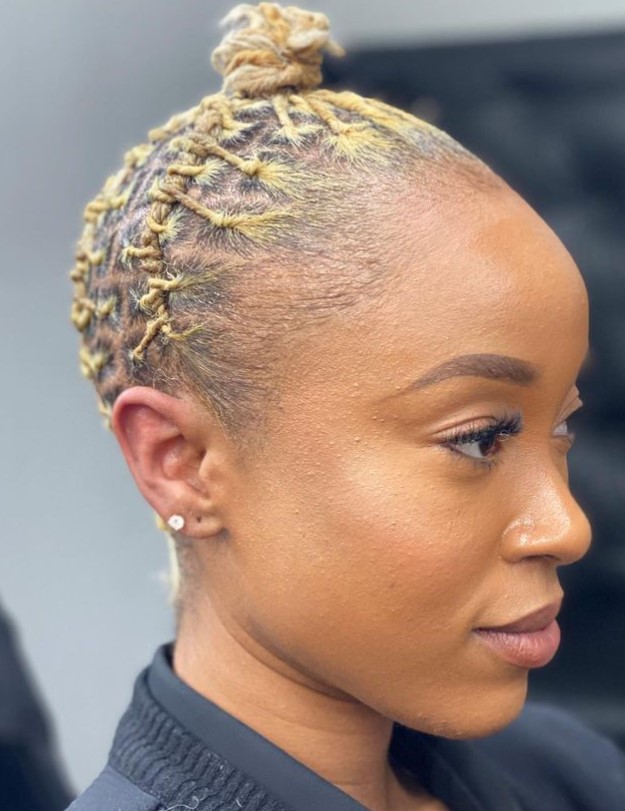
Palm rolling method on short Starter Locs
As the name suggests, palm rolling locs are achieved by rolling the dreads through your palms. Residue-free gel is often used to achieve a more permanent look. Also, the palm rolling method has quite a unique and neat finish. This method requires maintenance by retwisting and washing the hair every few weeks.
Palm rolling on short hair is challenging but can be achieved nonetheless. Short or very short starters can be used in demystifying hair length stereotypes. They can express one’s individuality or personality; starter locks on short hair are manageable and equally stunning. One can also experiment with various colors and styles. All in all, short-starter locs can make a very bold statement.


Bantu starter locs
You can also try Bantu locs for a unique look. Zulu knots, popularly known as bantu knots, are achieved by coiling and twisting the hair. The term Bantu is derived from an ethnic group in Southern, Eastern, and Central Africa. Bantu locs are quite unique and are great for expressing one’s cultural heritage; they are especially good-looking on short hair. Below are examples of Bantu locs you can try.

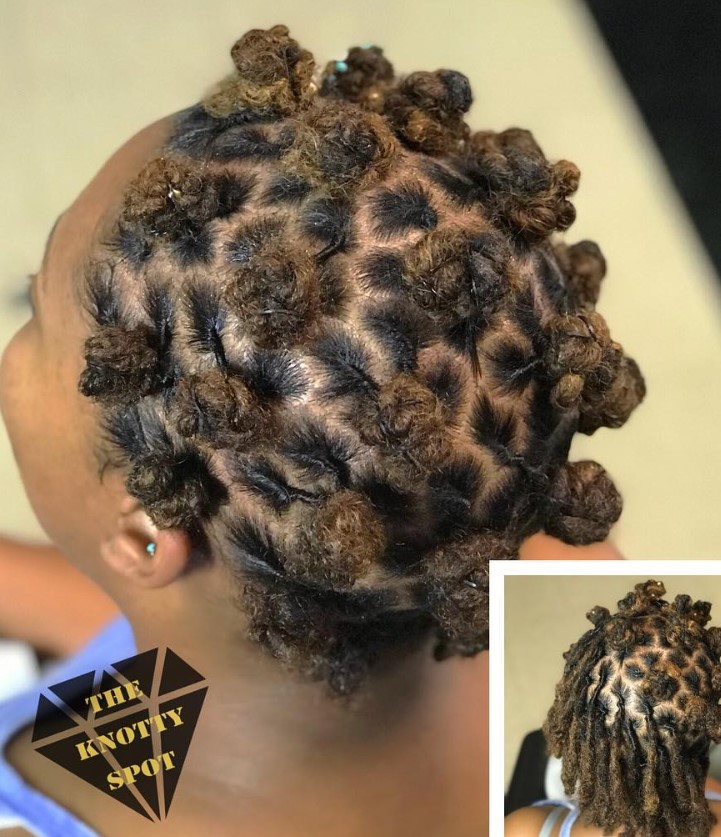
In conclusion, starting locs can be an exciting experience as you experiment with various starter locs, such as two-strand twists and comb coils. The choice of baby locs depends on one’s hair texture or personal preference. Starting locs requires minimal manipulation and regular grooming. Be sure to use the right products, avoid excess products, and regularly retwist the hair to ensure growth. Dreadlocks are a grand celebration of one’s culture and individuality, so don’t be shy about experimenting with different styles!

Pingback: Best Loc Gel: 4 Best Loc Gels for starter locs & retwists - Afrochic